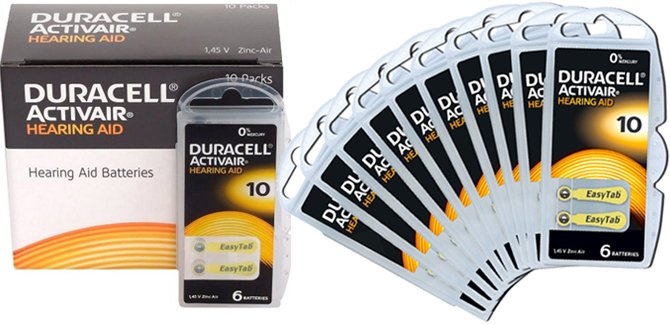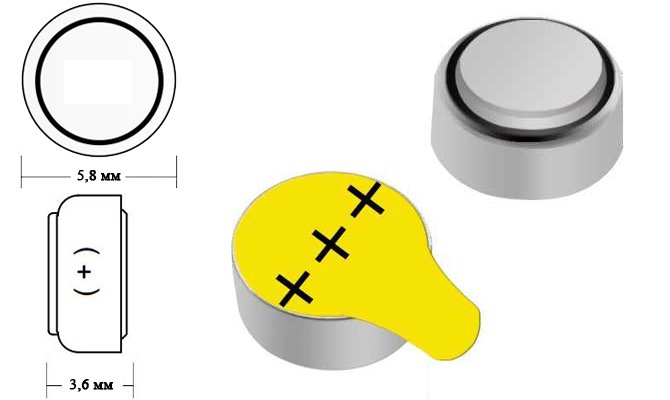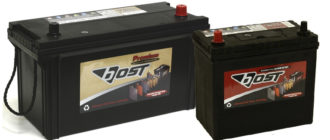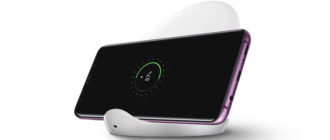For people who are hard of hearing, a hearing aid is an essential part of life. The effectiveness of the sound reinforcing device depends largely on the quality of the power element.
Content
Battery Specifications 10
The battery 10 for the hearing aid allows you to ensure uninterrupted operation of the device for a certain period of time. The product is distinguished by the yellow marking on the package and the designation PR70.
Characteristics:
| Parameter | Value |
|---|---|
| The form | Tablet |
| Basic designation | 10 |
| View | Air zinc |
| Capacity | 100-105 mA / h |
| Voltage | 1.45 V |
| Analogs | Read more HERE |
| Height | 3.6 mm |
| Diameter | 5.9 mm |
| Weight | 0.3 gr |
| Operating temperature range | from -20˚С to + 35˚С |
The product retains its technical characteristics for 3 to 4 years. The service life after activation is 5 to 10 days.
The key advantage of the air-zinc battery is the absence of toxic substances in the design, the product is harmless to both humans and the environment. The zinc element provides constant voltage and protection against sudden sound surges.
On a note! Remove the colored sticker from the battery case immediately before installing the power source in the hearing aid.
Battery Applications
Battery 10 is designed to power in-ear hearing aids and micro-earthen constructions. Small product parameters allow you to install a power element in the battery compartment of a miniature device.
Attention! Do not install a power source in the hearing aid immediately after unpacking and removing the protective film. The battery should enter the operating mode and gain the required amount of air. This will take about 1-3 minutes.
Battery Analogs 10
Analogs include power sources:
- ZA10.
- AC10.
- PR70.
- PR536.
- DA320.
Replace the air-zinc battery 10 can be a lithium-ion battery of the appropriate size. The analogue has similar technical parameters.
Can I charge the battery 10
The mechanism of action of the battery is based on the chemical reaction of zinc oxidation under the influence of atmospheric air, as a result of which electric energy is generated with a voltage and current strength optimal for the operation of the hearing aid.
Zinc-air batteries are not batteries and cannot be recharged. After the expiration date, the battery should be disposed of.
Popular manufacturers and their features
The leaders in the segment of the production of batteries for hearing correction devices are considered to be such brands as:
- Rayovac;
- Duracell
- Widex.
Rayovac has been present on the hearing aid and audiology market for over 70 years. The features of the company’s products are innovative technologies and an upgraded form of the battery case, which allowed to increase the power of the battery up to 17%.
Duracell batteries fill a quarter of the market segment. In the production of power supplies for hearing aids, the company uses Power Preserve technology, which allows you to save up to 4 years under proper storage conditions.
Another feature is the elongated size of the tab, which greatly simplifies the process of removing and installing the power element in the battery compartment.
Power supplies from the Widex brand are characterized by high quality and minimal self-discharge. A stable voltage of 1.45 volts provides optimal equipment functionality.
What to look for when purchasing
First of all, when choosing a source of energy for a hearing aid, attention should be paid to the type and size of the device. An important nuance when choosing is the date of release of the battery and the deadline for use.
Note! Battery life largely depends on proper storage. Products should be stored at room temperature, in a dry and dark place.
Zinc-air batteries are activated by contact with air, so when buying a product, make sure the presence and integrity of the protective film on the surface of the new battery.
Still have questions about Battery 10 or have something to add? Then write to us about it in the comments, this will make the material more complete and accurate.







